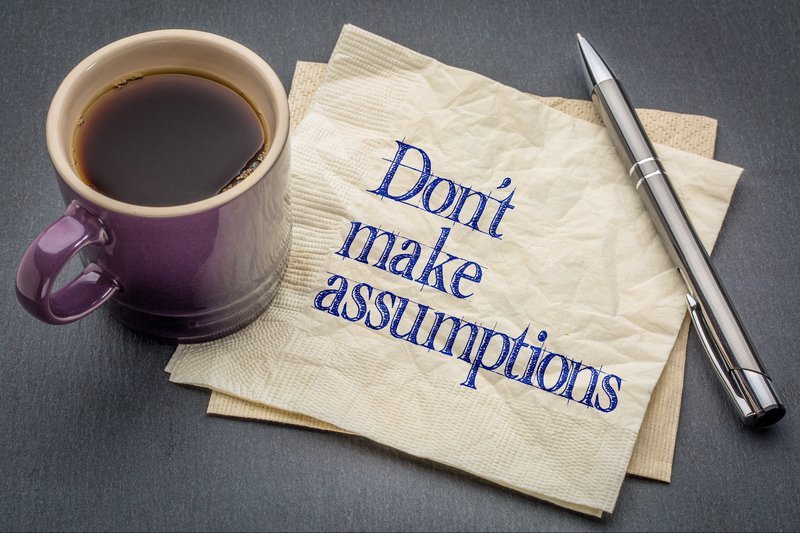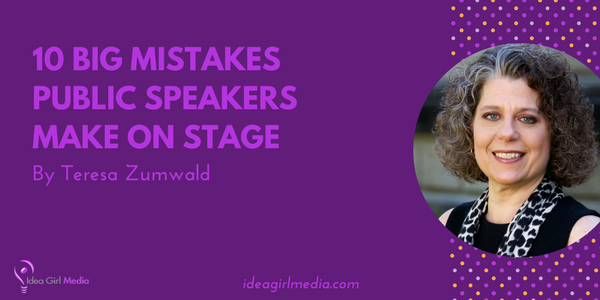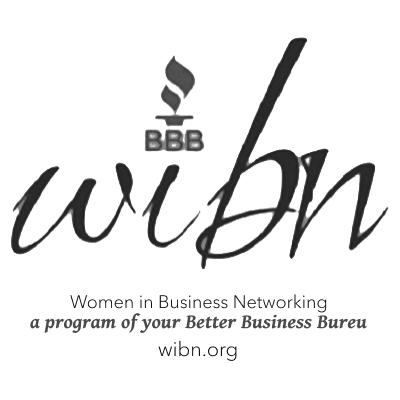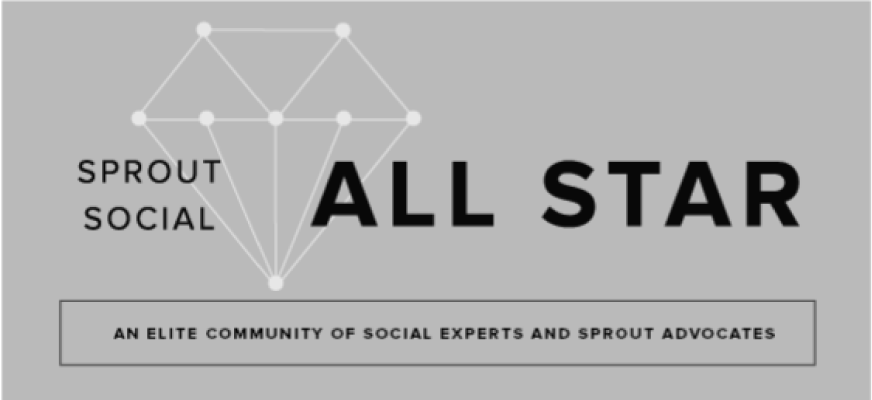Are you a business leader with an important presentation coming up? Awareness is the first step - Avoid these 10 BIG mistakes public speakers make on stage...
Guest post by Teresa ZumwaldPreparing an important speech or keynote presentation?
Are you a business leader with an important presentation coming up? Awareness is the first step - Avoid these 10 BIG mistakes public speakers make on stage...
Guest post by Teresa Zumwald
Preparing an important speech or keynote presentation? Avoid these 10 mistakes public speakers make.
As a professional speechwriter and speech coach, I’m often asked, “When you listen to presentations, what are the common mistakes public speakers make? And do you find yourself critiquing what they say?”
 Critiquing may be too strong of a word for it. But I do pay close attention to what speakers do well — and on the flip side, not so well — because it’s an opportunity to observe, learn and improve.
Critiquing may be too strong of a word for it. But I do pay close attention to what speakers do well — and on the flip side, not so well — because it’s an opportunity to observe, learn and improve.
Speakers’ bad habits tend to repeat themselves. I see and hear many of the same common public speaking problems no matter what the occasion — at business forums, panel discussions, networking events, anniversary banquets, award presentations, lunch and learns, conferences, training programs, client appreciation dinners and fundraising galas.
This article outlines common mistakes public speakers make in these areas:
- Speech openings and closings
- Speech planning and organization
- Speech clarity and style
Compare notes with me. Do you avoid these 10 big mistakes public speakers make on stage?
The first two mistakes public speakers make relate to speech openings:
1. You make a lousy first impression by defaulting to one of four opening lines.
- You begin with a long line of thank-you’s to people we may or may not know.
- You tell a joke you found online the night before.
- You share the process you used to prepare today’s presentation.
- You apologize for your boilerplate bio the event planner just read to us – in monotone – to introduce you (even though you obligingly emailed it upon the planner’s request).
The first thing you say matters. Don’t squander your opening lines on platitudes, or you’ll have to work that much harder to get the audience’s attention as it drifts farther and farther away.
Instead, say something that commands people’s attention. Give them the unexpected. Start with an opening that dazzles. Say something that moves everyone to the edge of their seats because they don’t want to miss what you have to say.
2. You tell us you’re going to speak for 5 minutes (and then you speak for 20).
 This happened at a huge event recently (and it got worse when the speaker kept asking if his 5 minutes was up yet).
This happened at a huge event recently (and it got worse when the speaker kept asking if his 5 minutes was up yet).
Yes, I know: The speaker was trying to be funny, so why not indulge him? But the message to his audience was clear: “This is about me, not you. I have the stage, and I’m filling my time.”
The audience’s collective eye roll seemed audible.
Avoid this mistake by indulging your audience, never yourself. Shine the spotlight on them. Never plant the idea that your talk is a punishment of time they must endure.
The next three mistakes public speakers make relate to planning and organization:
3. You patch together material from two or three off-the-shelf presentations and call it a keynote.
A colleague admitted this to me moments before her boss went on stage to deliver a presentation to a roomful of business people. My colleague told me she’d spent the past few days cutting and pasting to marry together pieces and parts extracted here and there from her company’s boilerplate presentations.
Unfortunately, it showed.
Can you reuse material from former presentations? Of course! But there’s a right way to finesse existing material for new audiences so it doesn’t come off like a patch job.
Last spring, a VIP asked me if we could just “add on this new material to the end of the last speech and call it done.” I told him there was a better way: to weave this new material in the middle of his other speech, where it logically made sense. It was also important to rework other parts of his original speech to address what this new audience cared about.
4. You tell us you don’t want to bore us with your company’s history (but then you do).
Company histories do not have to be boring! But some speakers make it so, reciting chapter and verse of their company’s chronology.
Told right — and that’s the kicker — a snapshot of corporate history in a keynote can be colorful, remarkable and memorable. (Trust me: Back in the ’90s, I wrote three very different corporate history books using three very different storytelling styles.)
Instead of the predictable timeline, why not focus on a company’s turning points? Personalities? Legends? Start by asking yourself: What are the two or three things that happened in our past that still have impact today? Tell those stories.
5. You make assumptions.
 This is one of the most common mistakes in speeches, and it happens more times than I can count.
This is one of the most common mistakes in speeches, and it happens more times than I can count.
A speaker assumes everyone in the audience is familiar with a particular news item, movie, song, play, sports hero, sports team — fill in the blank — and makes a very specific reference in the speech (without bothering to provide context for the poor folks who have no idea what the speaker is talking about).
When you’re out of the loop, how do you feel?
Cheated, right?
Speakers sensing confusion may catch their faux pas and awkwardly backtrack to explain. But they pay a price. They lose their momentum – and their connection – as they try to dig out the wedge they just put between themselves and the uninformed.
Choose your references wisely and tell those stories with care. Never assume that every single person in your audience is familiar with a specific reference you’d like to make. Can you tell those stories in a way that provides context and meaning for everyone?
You can – and indeed, you must.
The next four mistakes public speakers make relate to clarity and style.
6. You play inside baseball.
Every industry has a language that only insiders understand. But what if you’re presenting to a diverse group of people who don’t live and breathe the words you use every day?
I once heard a logistics expert give an overview presentation to a roomful of business people – from attorneys, bankers, accountants and consultants, to PR types, hotel managers, nonprofit directors and entrepreneurs. This audience was literally all over the board. But the logistics expert forgot this. To his audience, acronyms like LTL, FTL and LMS were received as foreign phrases.
If you’re a speaker, inside baseball is a dangerous game because audiences quickly check out. Avoid inside baseball by keeping a running list of your industry’s “foreign phrases.” When presenting to outsiders, either define them — or avoid them.
7. You share lots of facts and figures, numbers and statistics (but you don’t connect the dots).
A colleague of mine in the Professional Speechwriters Association, Carlos Razo, has a Ph.D. in economics. As special assistant and adviser to Joakim Reiter, deputy secretary-general of the United Nations Conference on Trade and Development, Razo deals every day with a plethora of facts and figures, numbers and statistics.
In his award-winning speech for Reiter on Nov. 24, 2016, read how Razo first shares three bits of data – and then brilliantly connects the dots for attendees at the World Trade Organization (WTO) in Geneva:
[SHARING THE DATA]
Twenty years ago, trade as percentage of GDP was 20 percent. In 2015, this figure was nearly 30 percent.
Twenty years ago, global FDI was worth US $341 billion. In 2015, this figure reached US $1.7 TRILLION, with FDI stock tripling as a percentage of global GDP since 1990.
Twenty years ago, there were 123 members of the WTO. Today, there are 164.

[CONNECTING THE DOTS]
To put it differently: We have never traded as much as we do today. Firms have never invested as much abroad as they do today. And there have never been as many actors as there are today in the global trading system.
Because your audience is listening to you and not reading your words, they have no way to rewind and review what you just said. It’s up to you to draw the conclusions you want and need people to draw. Connecting the dots is always the speaker’s job — not the audience’s job.
8. You share an awful lot of stuff — (heck, you even say you’re sorry for “throwing so much stuff” at us) — but you have no clear message or main point.
I recently wrote a keynote launching a major change at a national organization. The change would be disruptive, and if people weren’t on board, the initiative would fail.
At first, the client wanted to provide mountains of evidence justifying the change – enough, he said, to frighten people into making the change. But my approach was a little different. I suggested we write the entire speech as a “Stranger in a Strange Land” story, one of five basic archetypal stories, according to communication theorist and coach Dr. Nick Morgan.
Stranger in a Strange Land stories work when we want to talk about change, Morgan says. In these stories, the hero is thrown into a new situation; something is different. Things are unfamiliar, and our hero doesn’t speak the language. Therefore, the hero needs to learn a new set of rules to cope in this strange land, and there’s a leader who provides the way ahead.
By structuring my client’s entire speech as one story — the Stranger in a Strange Land — we were able to give the audience everything they needed to brave this brand-new world.
9. You create slides with words instead of images (and then apologize because you know the type is too small for us to read).
Of all the mistakes public speakers make, this may be the one that drives me the craziest!
Last year, I began challenging my clients to put only images on their slides (and in rare cases when absolutely necessary, maybe a word or two as well).
I’m sorry to report this remains an uphill battle.
This year, resolve to be kinder to your audience: Don’t make them see, read and interpret bulleted words, phrases and sentences on a screen at the same time they’re trying to hear, process and absorb the audible words, phrases and sentences coming from your mouth.
Whew!
It can’t be done.
This year, shoot for one strong image — no words at all! — on each slide.
If you must use words, choose a word or two (maybe sometimes three).
Because if you care about your audience, you will care what you share.
The last of the big mistakes public speakers make happens during speech closings:
10. You leave a lousy last impression when you close with something like, “They’re telling me I’m out of time, so I’ll stop now. Thank you.”
 If the first thing you say matters, then the last thing you say matters more.
If the first thing you say matters, then the last thing you say matters more.
In the end, what do you want them to remember? How do you want them to feel about what you said? And why does it matter?
Work hard on a blockbuster ending that answers those three questions: what, how and why.
If you’re preparing an important speech or keynote presentation...
Avoid these 10 mistakes public speakers make by knowing which ones trip you up:
- Default opening lines?
- Long-windedness?
- Patch jobs?
- Boring timelines?
- Too many assumptions?
- Inside baseball?
- Disconnected dots?
- No storyline?
- Slide overload?
- Or the jarring “I’m outta time” close?
Make a short list of your public speaking errors. Then keep it by your side whenever you’re preparing a set of remarks — whether it’s a short briefing or a longer keynote. Use this list for quality control.
Awareness is the first step toward change. So the next time you’re in the audience attending an event, pay closer attention.
What are the other mistakes public speakers make that bother you?
Make your own list. Then resolve to avoid those as well.
Mistakes public speakers make can be fixed – if speakers take the time to observe, learn and then improve.
About The Author

Teresa Zumwald is a speechwriter, speech coach and B2B communications consultant at Zumwald & Company, LLC. She is a five-time winner in the Cicero Speechwriting Awards competition presented by Vital Speeches of the Day. Follow her on LinkedIn and Twitter.
12 Replies
-
I love for blog post. This is informative.
-
I have read a few article by you. They all are so awesome. Thank you for explaining everything in so beautiful way.
-
Wow you are great !!! Thanks for share this.
-
Thanks for sharing such an informative article. These mistakes are done by lots of speakers. Your tips are awesome. Now I subscribe to you for your next informative thoughts.
-
The points of mistake you have shared on your blog about the leaders is absolutely right. Although I have been looking for Leadership Speaker in USA from a long time, hope I will meet with the right person.
-
I loved the tips especially since I’m preparing for my public speaking gig. This is a very nice reminder. I’ve already subscribed to your newsletter so I hope to chat with you more about topics such as these. My website centers around books and public speaking so it’s nice to see websites such as these. Thanks again!
Leave a Reply

Like what you see? We've been told our blog posts are like potato chips: You can't read just one...
Subscribe to receive them fresh in your Inbox, and you can grab our best insights about social media marketing before everyone else sees it!

Relevant Resources
view allThe True Cost Of Letting Peak Sales Periods Pass You By

Three Surprising Signs You’re Still Silencing Your Female Employees

How Ongoing Training In The Workplace Can Drive Long-Term Business Growth






































By Karl Lillrud on